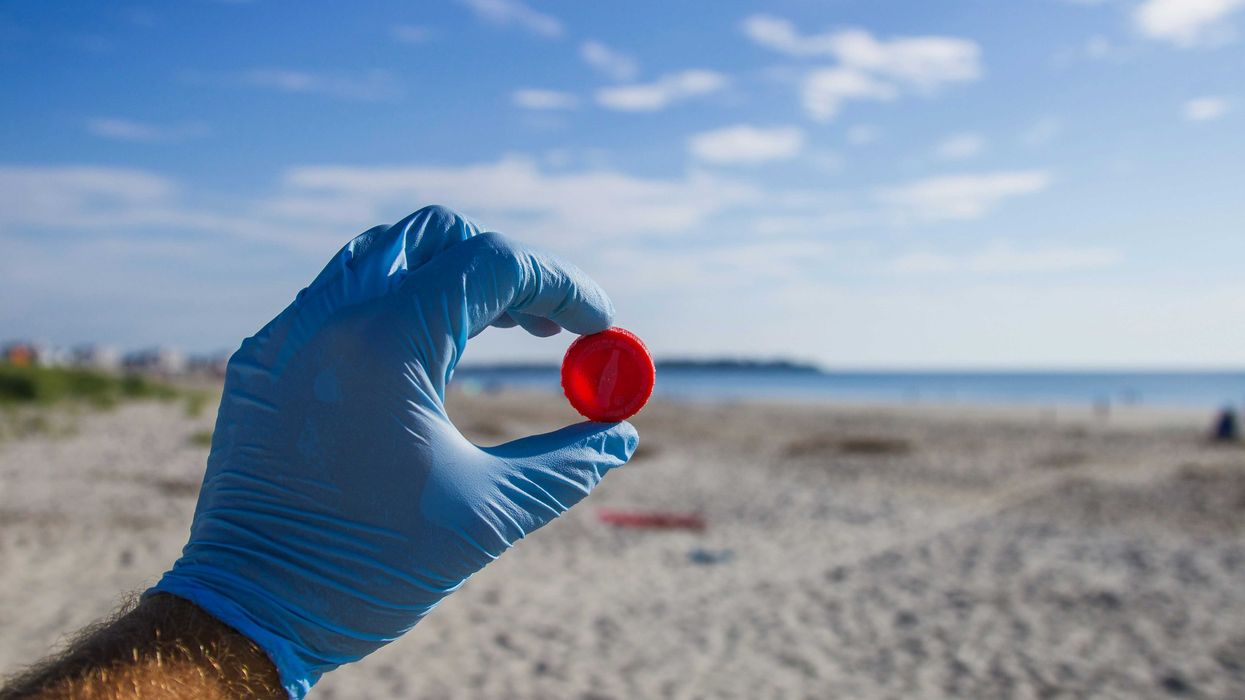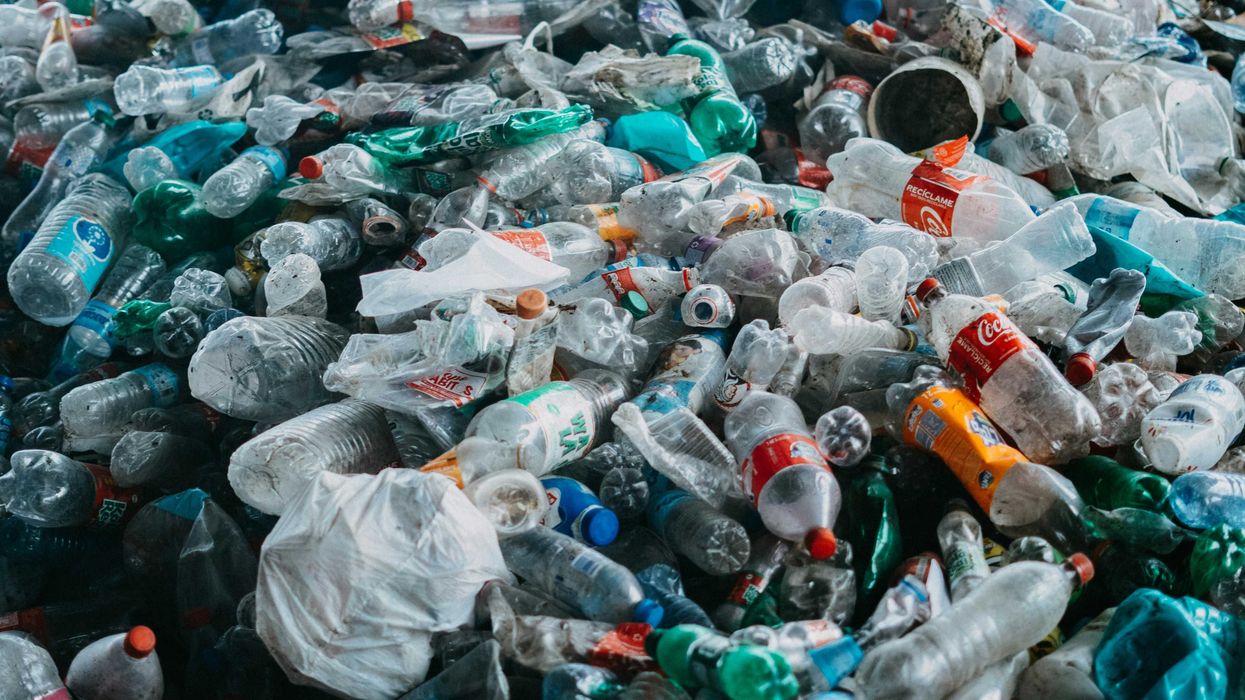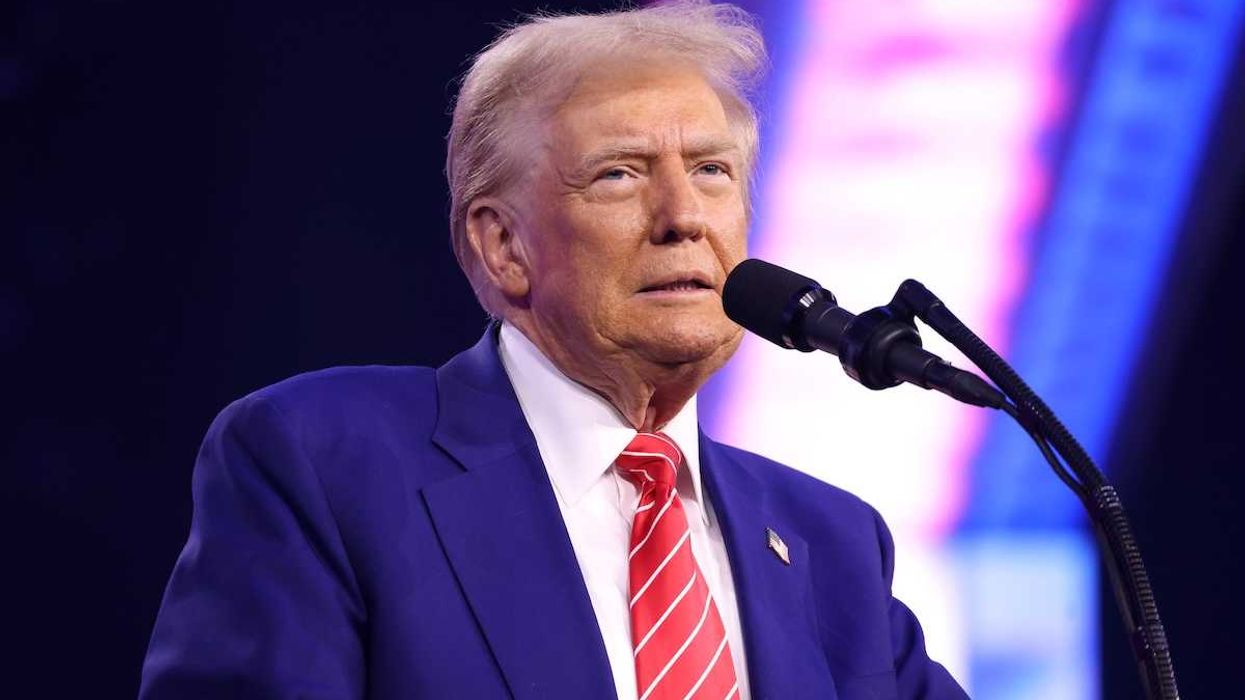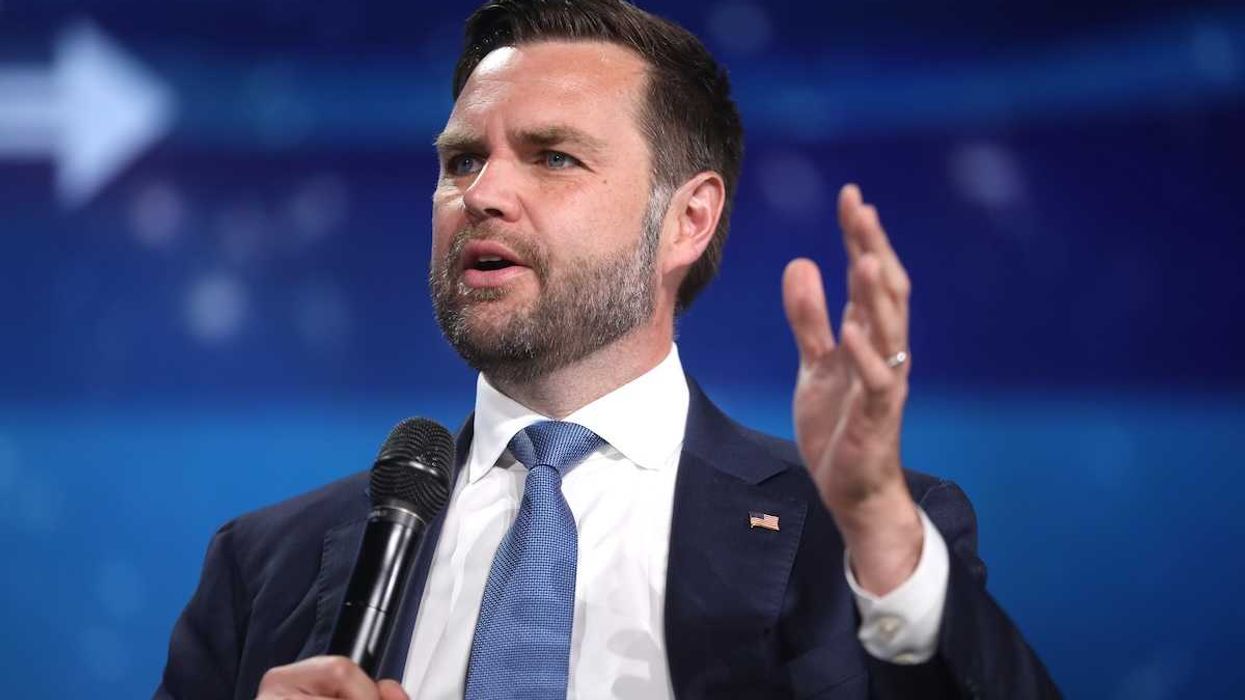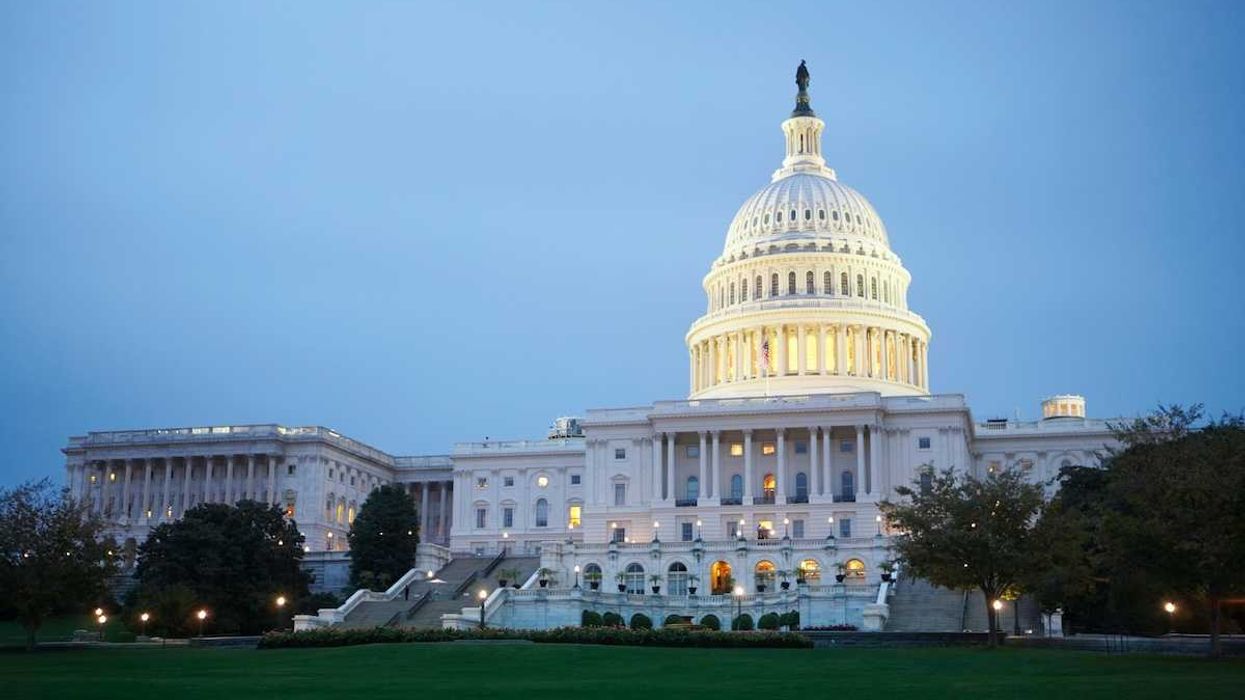Severe budget cuts proposed by the Trump administration threaten decades of work to restore the Chesapeake Bay, with environmental advocates warning that reduced funding could harm water quality, fisheries, and pollution control efforts.
Joe Heim reports for The Washington Post.
In short:
- The Trump administration is considering a 65% reduction in the U.S. Environmental Protection Agency’s budget, raising concerns among environmental groups and lawmakers.
- The EPA’s Chesapeake Bay Program, which coordinates restoration efforts across multiple states, received $183 million in federal funding last year; advocates fear that cuts would undermine pollution controls and habitat restoration.
- Some bipartisan lawmakers, including members of the Congressional Chesapeake Bay Watershed Task Force, have pledged to fight for continued federal support, arguing that restoration efforts are critical to the region’s economy and environment.
Key quote:
“The Chesapeake Bay cleanup is working and we’re seeing progress every day, and it would take that progress backwards.”
— Hilary Harp Falk, president and CEO of the Chesapeake Bay Foundation
Why this matters:
The Chesapeake Bay, the country’s largest estuary, has long been both an environmental treasure and a battleground for conservation efforts. Spanning more than 64,000 square miles across six states and Washington, D.C., the bay supports a vast ecosystem that includes blue crabs, oysters, and striped bass — species that are not just ecologically vital but also drive a multibillion-dollar fishing and tourism industry.
Less federal funding could mean weaker enforcement of pollution rules, reduced resources for farmers seeking to curb runoff, and fewer restoration projects aimed at preserving the bay’s fragile ecosystem. Such setbacks could endanger not only key species but also the livelihoods of watermen and coastal communities that rely on a clean and thriving bay.
Related: Chesapeake Bay cleanup efforts fall short of 2025 goals


